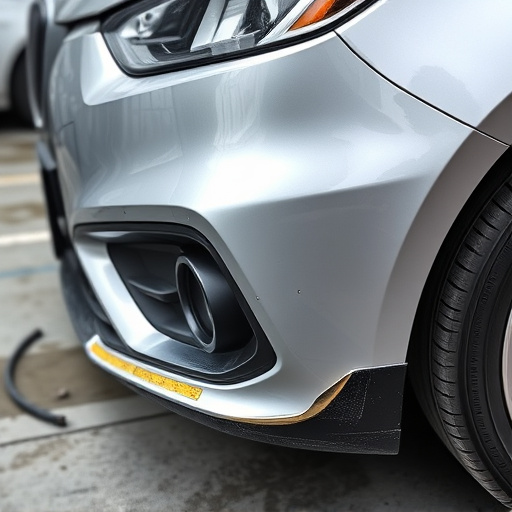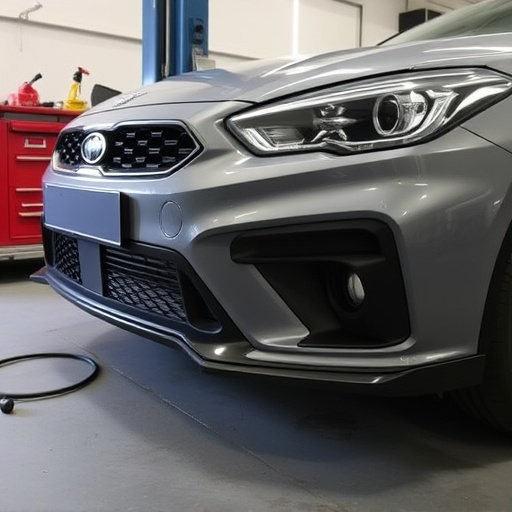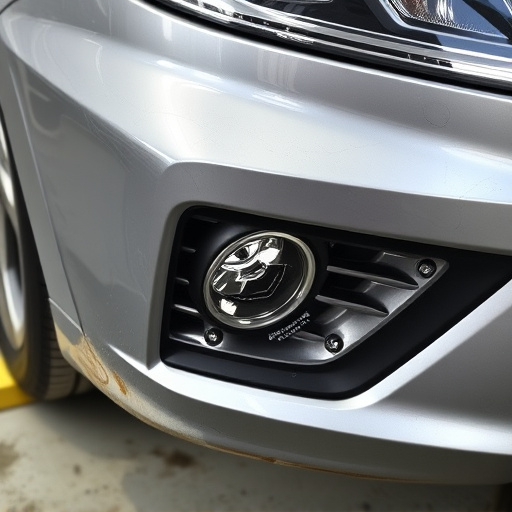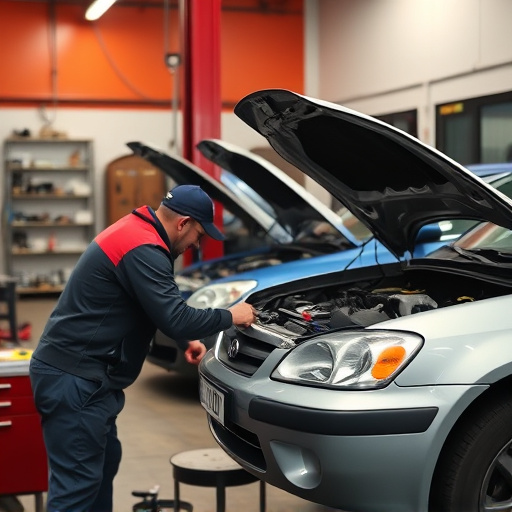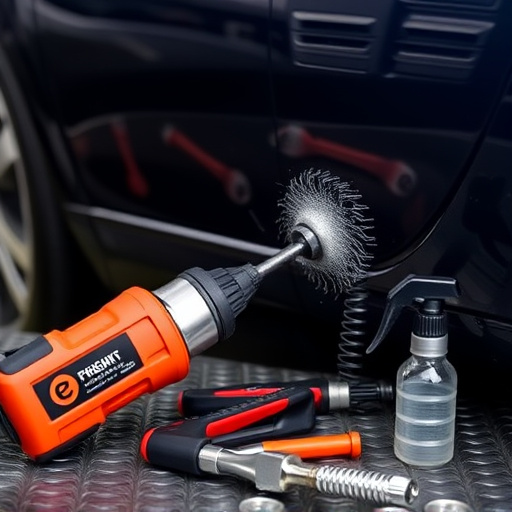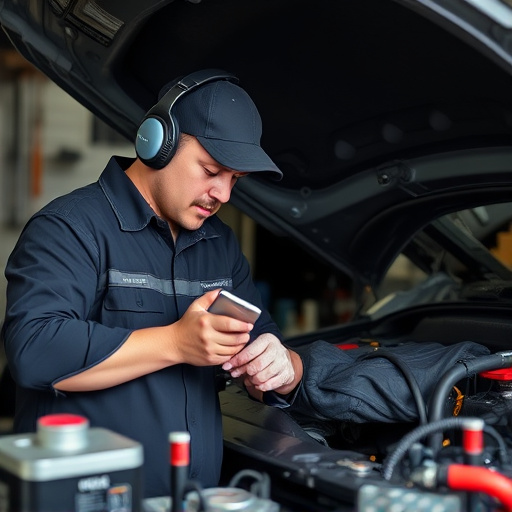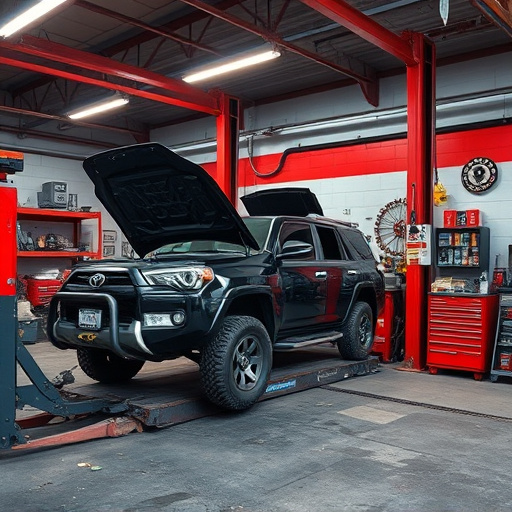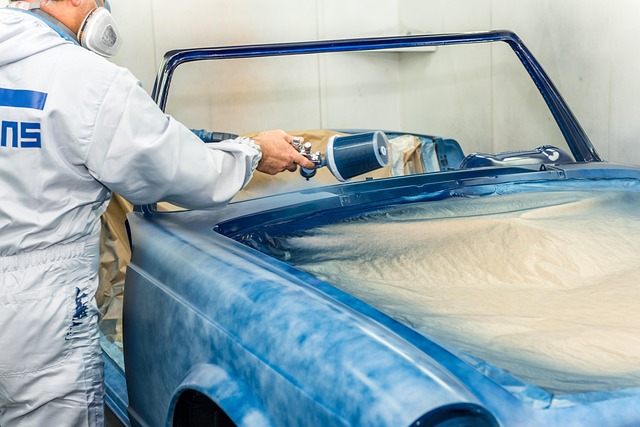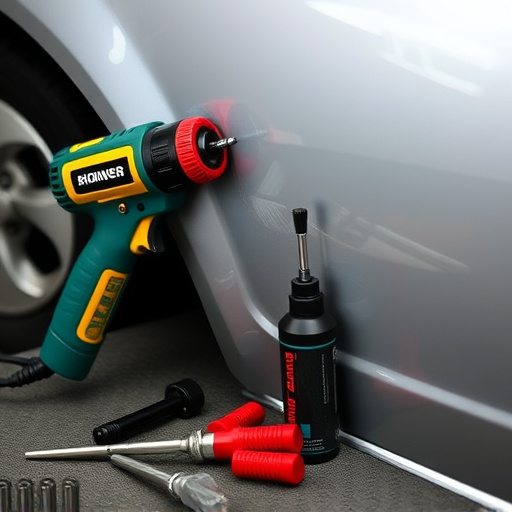Seatbelt repair replacement is a safety-critical process requiring skilled collaboration among technicians, auto body experts, and managers. Each team member contributes unique expertise, from automotive knowledge to soft skills, fostering open dialogue for efficient, error-free repairs that enhance customer satisfaction. Effective strategies include open communication, regular meetings, standardized protocols, advanced technologies, and collaborative training, ensuring precision, safety, and industry leadership through continuous skill development in seatbelt repair tasks.
In the realm of automotive safety, the meticulous process of seatbelt repair replacement is non-negotiable. Yet, navigating the complexities of this task requires more than individual skill; it demands collaborative excellence. When seatbelt repair replacement teams embrace collaboration, they unlock enhanced efficiency, improved accuracy, and a collective expertise that benefits every project. This article delves into the intricate dynamics of team collaboration, exploring its multifaceted benefits and best practices for optimal seatbelt repair replacement outcomes.
- Understanding the Complexities of Seatbelt Repair Replacement
- The Benefits of Collaboration in Repair Teams
- Best Practices for Effective Collaboration in Seatbelt Repair Environments
Understanding the Complexities of Seatbelt Repair Replacement

Seatbelt repair replacement is a multifaceted process that demands meticulous attention to detail and a deep understanding of automotive mechanics. Each component within a seatbelt system—from the webbing to the buckles and latches—plays a crucial role in ensuring passenger safety during vehicular accidents. The complexity lies in accurately diagnosing issues, especially with age-related wear and tear or damage caused by accidents, which requires specialized knowledge and tools.
Effective collaboration among team members, including skilled technicians and experienced managers, is vital to navigate these complexities successfully. By pooling expertise in vehicle restoration, auto body work, and safety standards, teams can ensure precise seatbelt repair replacement, upholding not just functional integrity but also the highest safety protocols. This collaborative approach optimizes workflow efficiency, reduces errors, and ultimately contributes to the overall quality of vehicle repair services provided.
The Benefits of Collaboration in Repair Teams
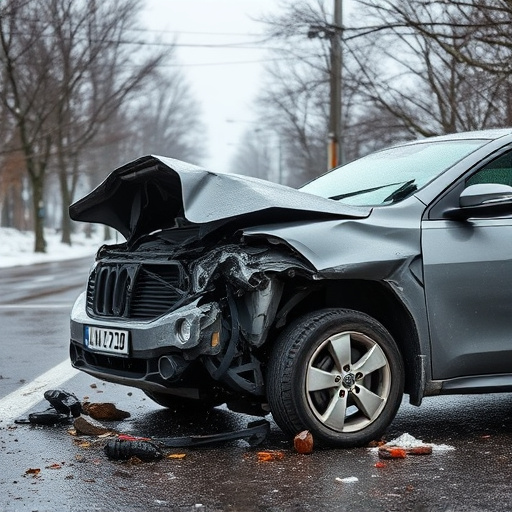
In the dynamic field of seatbelt repair replacement, collaboration within teams is akin to a well-oiled machine. Each member brings unique skills and expertise, from technical knowledge about various car models and safety systems to soft skills like effective communication and problem-solving. By fostering an atmosphere of open dialogue and mutual respect, teams can streamline processes and enhance efficiency. This not only ensures faster turnaround times for seatbelt repairs but also improves overall customer satisfaction by providing quality service with minimal disruption.
Moreover, collaboration promotes innovation in addressing complex issues that arise during seatbelt replacement. When team members share insights, best practices, and creative solutions, it becomes easier to navigate challenges related to car dent repair or even the occasional collision damage encountered during the process. This collaborative approach not only benefits individual projects but also contributes to the ongoing development of skills within the collision repair shop, positioning it as a leader in the industry’s ever-evolving landscape.
Best Practices for Effective Collaboration in Seatbelt Repair Environments

In seatbelt repair replacement teams, effective collaboration is key to ensuring precision and safety. Best practices include clear communication channels where every team member can voice their concerns and share insights promptly. Regular team meetings, both virtual and in-person, facilitate discussions about complex cases, allowing for a collective approach that leverages diverse skill sets. Using standardized protocols and procedures ensures consistency in repair methods, enhancing the quality of service.
Additionally, integrating advanced technologies like digital design tools and collaborative software can streamline workflows. These tools enable real-time data sharing, simplifying the process of frame straightening and vehicle bodywork repairs. Training sessions focused on fostering a culture of knowledge-sharing further strengthen collaboration. By promoting open communication, standardized protocols, and technological integration, seatbelt repair teams can achieve remarkable efficiency in their automotive repair tasks.
Collaboration is key to ensuring efficient and safe seatbelt repair replacement processes. By fostering open communication, sharing expertise, and implementing best practices, teams can streamline complex procedures, reduce errors, and enhance overall quality control. Embracing a collaborative approach not only benefits the repair process but also contributes to a safer automotive industry, ultimately protecting passengers and promoting peace of mind on the road.




